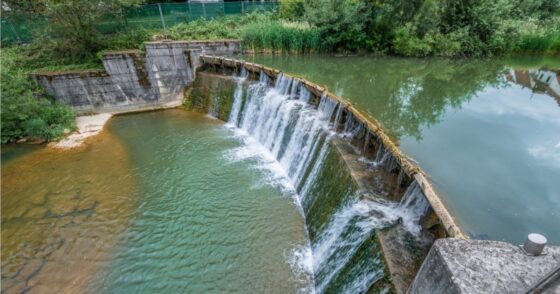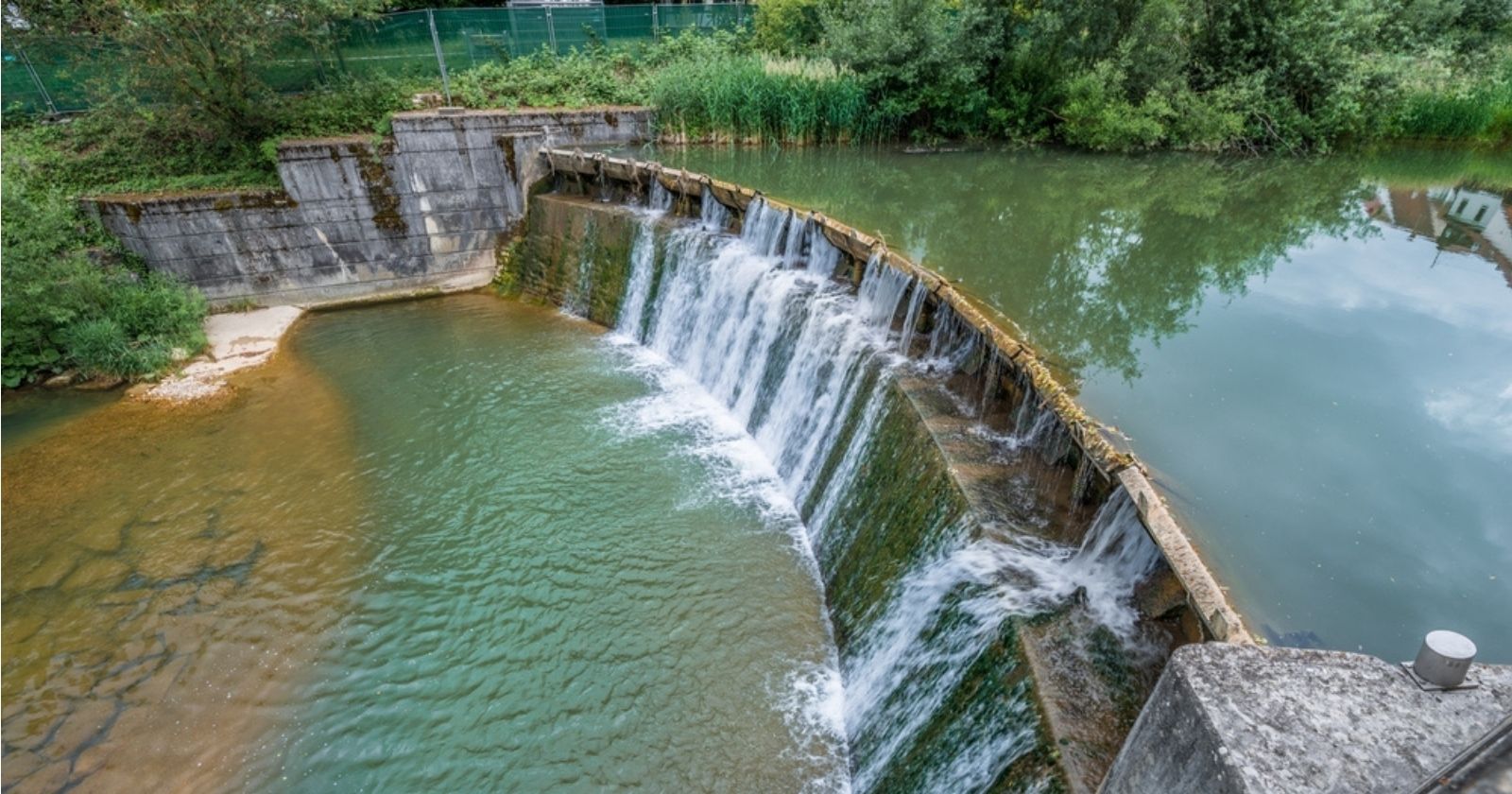
For a fish paddling in a European river, it is impossible to travel more than a kilometer without encountering an obstacle: dam, ford, sluice… And it is not for nothing that Europe has more than a million filtering devices on its streams . However, a large part is now no longer in use or obsolete. For lack of resources, they are usually abandoned without being dismantled. An ecological drama, for both the fauna and the flora, to which the NGO Dam Removal Europe is committed. In 2021, the environmental protection organization even broke its own record with 239 dams removed in 17 countries.
150,000 obsolete dams
Dam Removal Europe (DRE) has brought together seven organizations since 2016, including the World Fish Migration Foundation, WWF and Rewilding Europe. To date, their work has cleared rivers of 4,984 obstacles. But the road is still long. According to the NGO, there are more than 150,000 dams, weirs or locks across the continent.
But how did we get here? Dismantling a dam has a price. In the absence of European legislation obliging countries or companies to remove them, it is of course more interesting to put the ostrich’s policy into practice and leave it alone. But reminds the NGO that in the end it is cheaper to take preventive action by restoring the rivers than having to bear the costs of maintenance or management in the event of a collapse.
“Removing dams is the most effective means of restoring free-flowing, fish-rich rivers. This tool should be implemented all over Europe, starting with old and obsolete barriers that are no longer used or no longer have an economic function.”
Herman Wanningen, director of the World Fish Migration Foundation
The stakes are high. Migratory freshwater fish such as salmon or trout are slowly disappearing from our rivers. According to the Living Planet Index, these species are declining by 93% in Europe. Unable to travel up the rivers at their discretion, the fish are disturbed to eat or lay their eggs. And that’s not all, remembers theDNA on its site, the dams also have an impact on the wild flora and cause the erosion of the banks, endangering an entire ecosystem.
A record year
In 2021, DRE registered a 137% increase in the number of barriers removed compared to the previous year. A trend that confirms the growing movement and interest in river restoration in Europe. 76% of the barriers were low dams and spillways, but 24% of the total was higher than 2 metres. In Finland, even a working hydroelectric power station has been dismantled.
Spain also stands out with 108 structures removed from the rivers, including a 13-meter-high dam. Unsurprisingly, the country that recently passed a law requiring companies to pay for the dismantling of their aging dams has been the most proactive this year.
For its part, Europe has committed to restore 25,000 kilometers of unimpeded rivers by 2030. Something to give hope to environmental associations mobilized in the field.
You too can perform alongside Dam Removal Europe. On its website, the organization invites citizens to participate in projects close to home. She even gives the keys to act step by step and launch a crowdfunding campaign to fund the removal of a dam in her region. For more information, it’s here.
